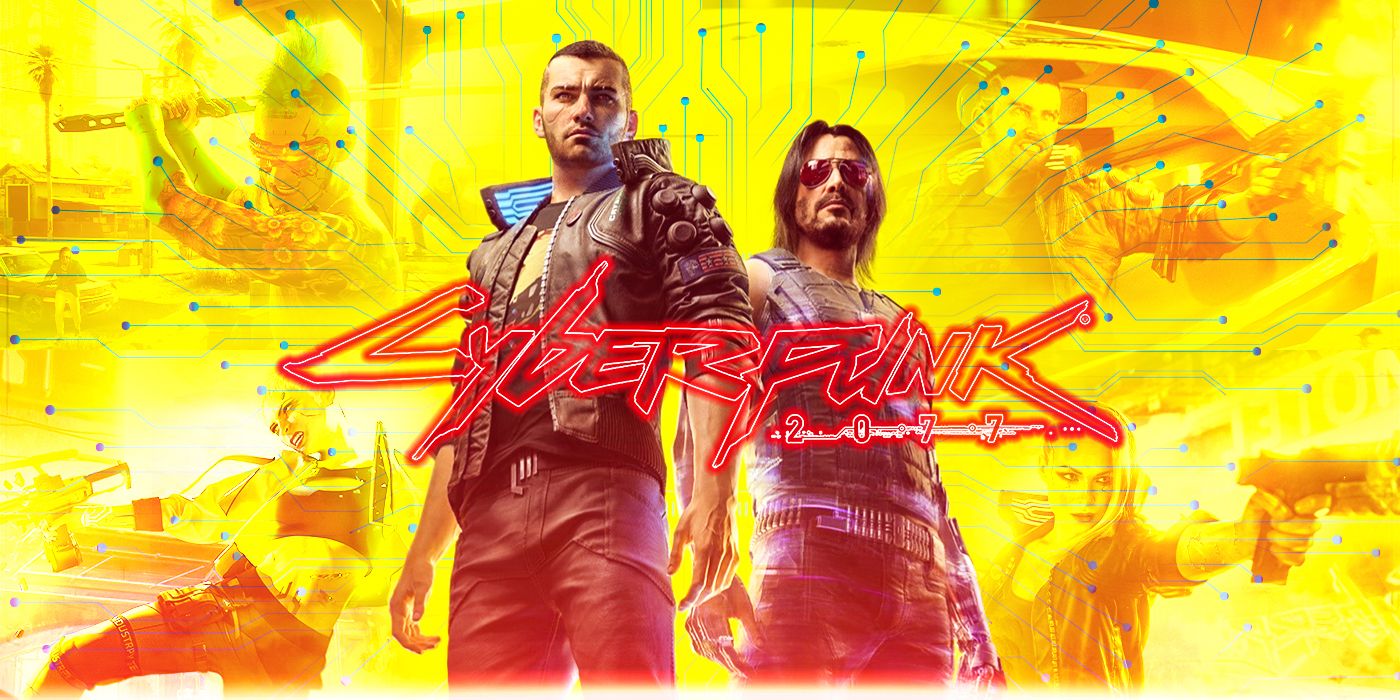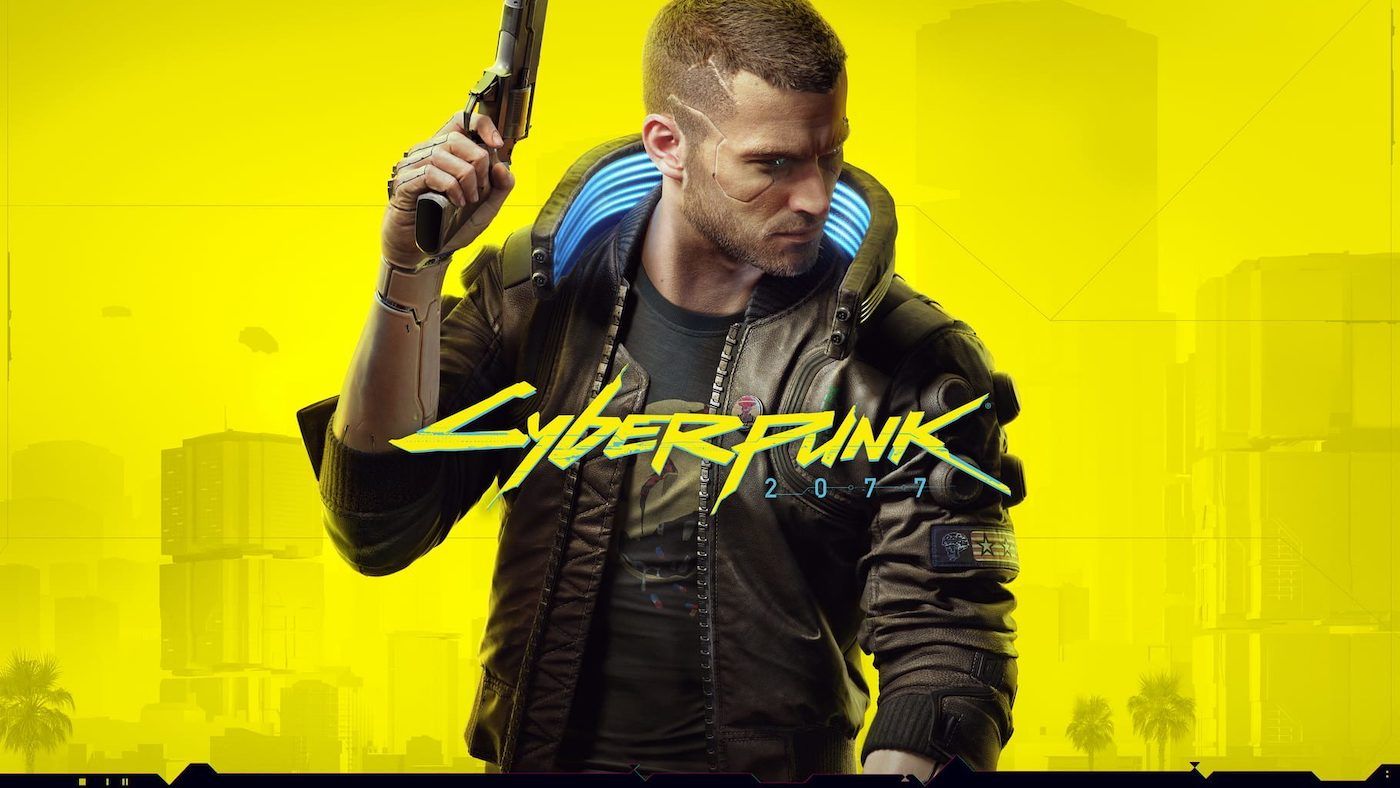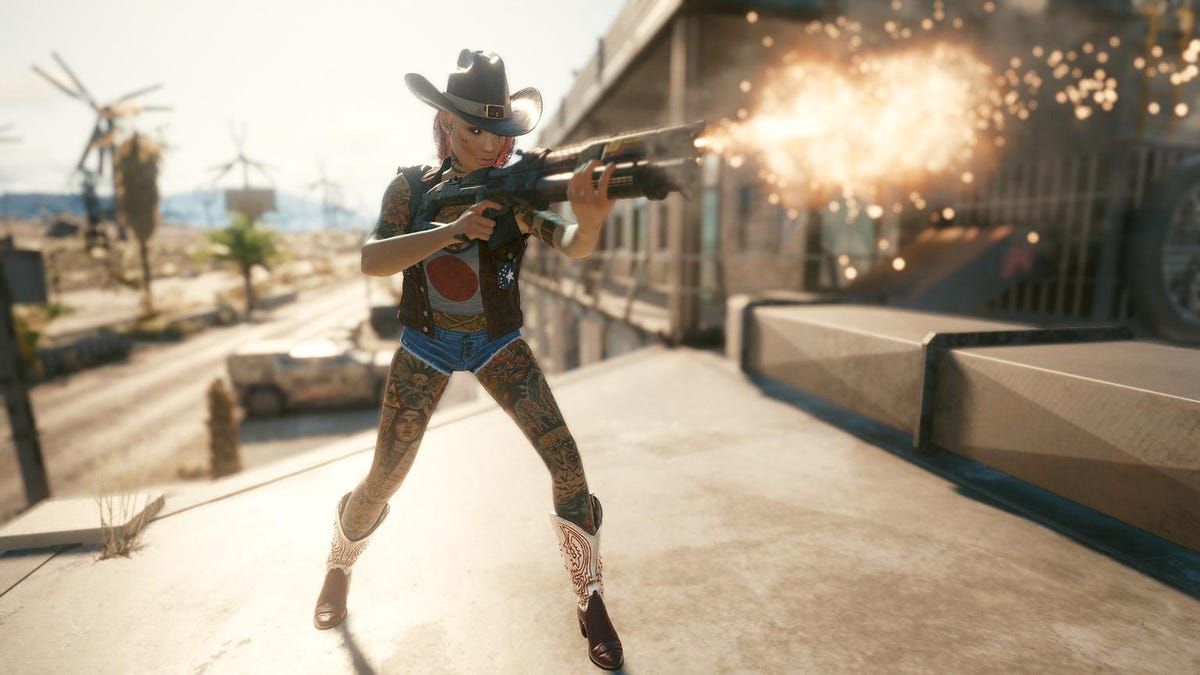I still remember when I first heard about Cyberpunk 2077. It was 2017 and my brother had recommended The Witcher 3 after he himself had beaten it and swore by its quality. As I was finishing up my first playthrough, my brother alerted me to CD Projekt RED — Witcher 3’s developer — being in development of a new game: Cyberpunk 2077, a video game adaptation of a sci-fi tabletop. The concept was interesting and given CDPR’s craftsmanship with Witcher 3, I was excited to see what the Polish-based developer could offer in a futuristic setting. The next thing I vividly remember in the lead-up to its release was the 48-minute gameplay trailer from E3 2018. And wow, it was good! The game looked awesome. Being a first-person RPG (role-playing game) with third-person cutscenes, random dangerous encounters, comprehensive pedestrian pathing, a sleek UI, and terrific graphics, Cyberpunk 2077 was set to be the most immersive and cutting-edge experience in gaming yet. The hype had begun and we were all ready to get our hands on the final product.
Fast forward two and a half years later, and the disaster that was Cyberpunk’s launch unfolded. The game that was shown to players in 2018 wasn’t exactly what they got in 2020 and lacked a lot of the groundbreaking features that were promised. It was riddled with bugs across the PC and next-gen platforms, while versions of Cyberpunk on the old-gen consoles, or anything less than a state-of-the-art PC, were bordering on unplayable. Those third-person cutscenes? Nowhere to be found, robbing players of the ability to see the characters they spent 10 minutes creating. And once you started the game, there was no way to further customize your Night City avatar outside of changing their clothes. The pedestrian AI that was advertised as being unparalleled and lifelike was nothing short of lifeless. The interface and graphics were fine, but both were buried underneath a heap of glitches and misclicks. In response, CDPR faced a backlash that rivaled that of No Man’s Sky's infamously tumultuous release back in 2016. Gamers and critics alike were furious at the game’s developers for releasing the game in such an unfinished state. Having personally pre-ordered the game — I felt lucky. I only encountered inconveniencing bugs such as UI issues, physics glitches, and the odd NPC T-pose in my first playthrough on the Xbox Series X. Other than that, the only issue that I ran into that could be considered deal-breaking was when the game hard crashed on me once while free roaming.
It took a week to complete the main story. Having seen the horrors of other players’ experience online, I didn’t really do too many side quests or explore the vast amount of cyberware upgrades. Despite a barebones experience, I can’t say that I didn’t enjoy my time in Cyberpunk as V’s misadventures and Johnny Silverhand’s bold rebel antics captivated me and kept me invested throughout. Even if the game was amusingly unoptimized, I couldn’t put it down until I saw it through.
Overall, it was short of the experience I was hoping for, but it still wasn't the most disappointing gaming experince that I've had. Months later, after moving in with my girlfriend who was eager to try out the game, I decided to give it another save. Though still not without significant issues, Cyberpunk was a much-improved version of the game I had played before. With the game now being more stable than most remember, I took the time to explore all the extra features outside of the main story. And while some of it was most definitely filler, I was pleasantly surprised to find out that most of it made for some great world building and fun adventures. But before we talk about that, do be warned that there are some minor spoilers incoming. We won’t be touching upon the multiple endings or anything of great significance in relation to the main plot. But there will be spoilers regarding some of the side quests that you encounter. Read further at your own risk.
Spoilers AheadIn Cyberpunk’s main questline, you play as the customizable V, a character that aspires to become an underworld legend of the notoriously violent and corrupt Night City. Along with their best friend Jackie Welles, V is given a lucrative, albeit highly dangerous job from reputable “fixer” (this universe’s equivalent to a mob boss) Dexter DeShawn that involves stealing a biochip known as the Relic from the villainous megacorporation Arasaka. Long story short, the job is botched. And botched badly. By time the dust settles, V is stuck with the Relic in their head. And the chip has a personality construct on it — that of Johnny Silverhand (played by Keanu Reeves), a legendary anarchist and punk rocker from 50 years ago who ran afoul of Arasaka and had his conscience banished to this biochip as a result. Not only does your character have this construct stuck in their head, influencing their every move, V is dying because of it. And there’s nothing anyone can do about it.
From there, the main story takes you down a path of violence, patricide, revenge, redemption, and everything in between as V searches for any possible way they can be saved from the biochip rapidly deteriorating their brain before losing themselves entirely. And on its own, this story works pretty well. But the main quest pales in comparison to the things you can experience and do outside of it. By itself, Cyberpunk 2077's story is about 25–40 hours long, a decent chunk of time for a single player game. But with all of the side quests, the game easily rises above the 100-hour mark. It not only buffs your time spent with the product; it provides tons of content that vastly enhances your experience of it.
Within the plethora of side activities, I got to meet Skippy, the auto-targeting, talking handgun with an ambiguous backstory. I helped Judy and the Mox save a nightclub from abusive bosses. I got to know Rogue, the queen of the notorious Afterlife Nightclub, and better understand her and Johnny Silverhand’s dynamic. I assisted Delamaine, the no-nonsense automated taxi cab, in reigning in some cabs that had become sentient and existentially conscious and help a jaded cop by the name of River save his nephew from a serial killer.
My absolute favorite, however, is when V channels Silverhand’s consciousness and links up with Kerry Eurodyne, the former guitarist and backing vocalist of Silverhand’s old band Samurai. While most of Kerry’s questline sees V help him in sabotaging rival musical acts and rediscover his purpose artistically, it culminates in the two rounding up the old members of Samurai for one last show. Eventually, V hits the stage with Samurai, filling in for Silverhand himself while the latter uses V’s body as a doppelganger to play the guitar parts, do some vocals, and overall provide authenticity to the performance.
Should the player choose not to seek out these additional quest lines, they’re missing out on amazing exposition and character development that teeters on the line of useful and flat-out essential. Because it’s through these adventures that V discovers more about why Night City is the way it is. Should V not build up enough street cred to mix it up with Rogue and her clan, there are huge gaps in explaining Silverhand’s motivations and vulnerabilities, thus making him a more incomplete character than he is without such knowledge. Throughout all these incredible side journeys that I embarked upon in Night City, almost every character that I met along the way had as much heart and charm as any character that I had experienced in a video game up to that point. These are characters I would’ve never met, or only seen in passing, had I strictly stayed on the tight track that is the main story.
It goes to show that despite its obvious bugs and glitches, Cyberpunk is a world worth exploring and participating in. It rewards those who dive deeper and offers unique and fun experiences that are sure to bring you joy, pain, and satisfaction.
Despite their flawed execution, you can tell that the developers at CDPR put in a ton of work to make Night City as immersive and captivating as they could. And from a story and worldbuilding perspective, it isn’t a stretch to say they delivered on that front. One can only imagine how much better the overall experience would’ve been had the development team had more time to properly polish the product without pressure from higher-ups to rush its release. Maybe we’ll find out one day.




